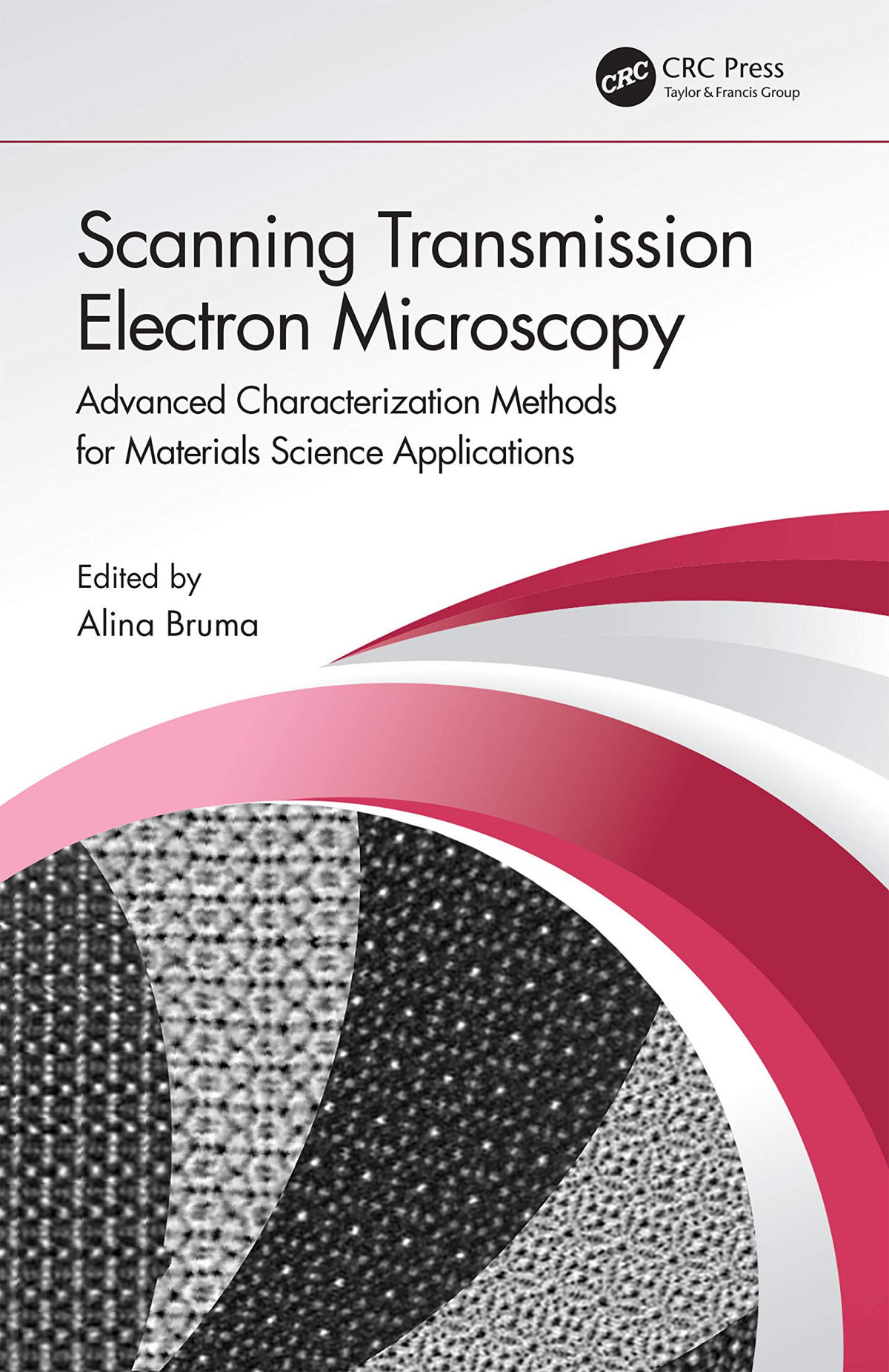

Most ebook files are in PDF format, so you can easily read them using various software such as Foxit Reader or directly on the Google Chrome browser.
Some ebook files are released by publishers in other formats such as .awz, .mobi, .epub, .fb2, etc. You may need to install specific software to read these formats on mobile/PC, such as Calibre.
Please read the tutorial at this link: https://ebookbell.com/faq
We offer FREE conversion to the popular formats you request; however, this may take some time. Therefore, right after payment, please email us, and we will try to provide the service as quickly as possible.
For some exceptional file formats or broken links (if any), please refrain from opening any disputes. Instead, email us first, and we will try to assist within a maximum of 6 hours.
EbookBell Team

5.0
18 reviewsScanning Transmission Electron Microscopyis focused on discussing the latest approaches in the recording of high-fidelity quantitative annular dark-field (ADF) data. It showcases the application of machine learning in electron microscopy and the latest advancements in image processing and data interpretation for materials notoriously difficult to analyze using scanning transmission electron microscopy (STEM). It also highlights strategies to record and interpret large electron diffraction datasets for the analysis of nanostructures. This book: This book helps academics, researchers, and industry professionals in materials science, chemistry, physics, and related fields to understand and apply computer-science–derived analysis methods to solve problems regarding data analysis and interpretation of materials properties.